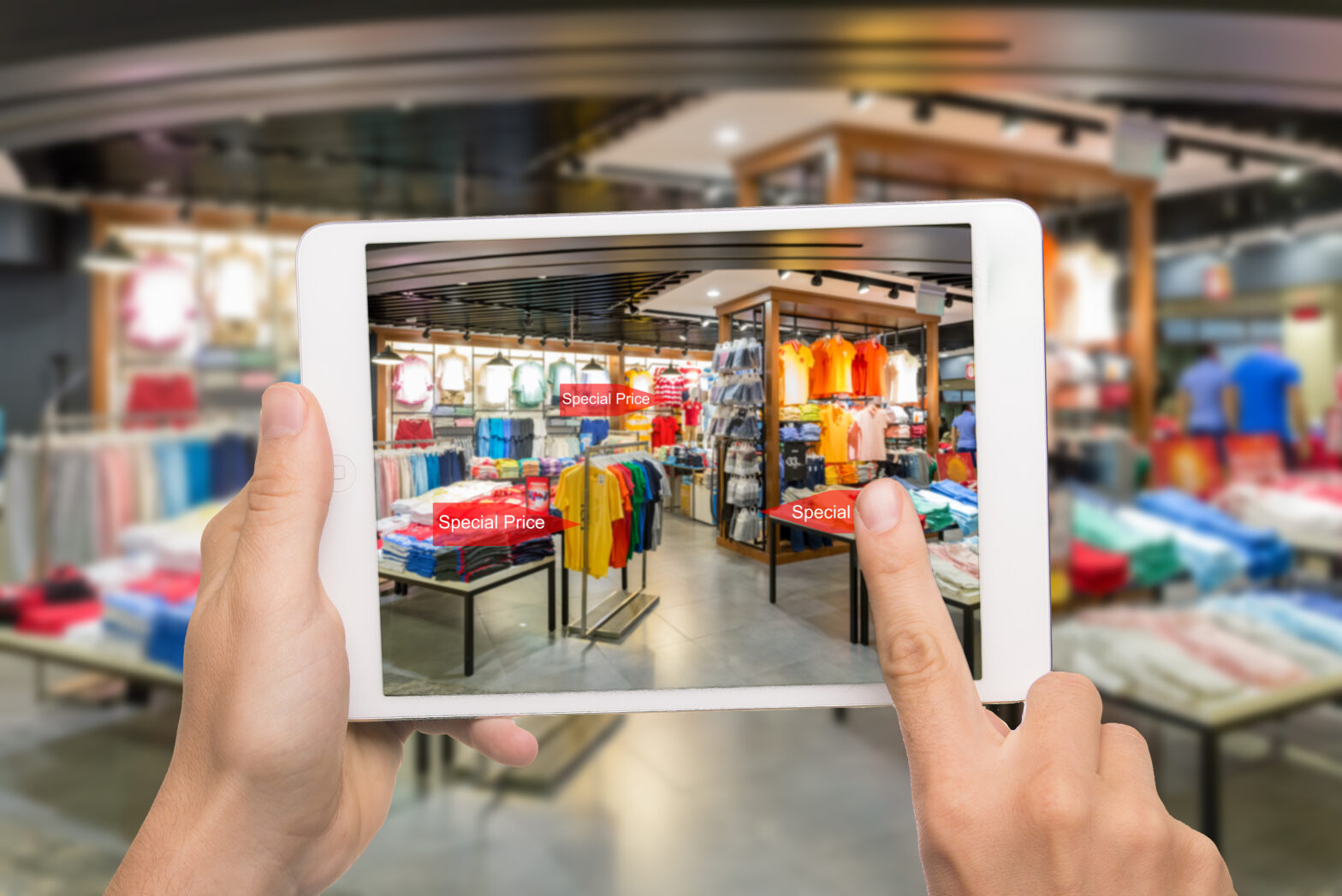Just like a love for tea and fish and chips, Brits have long been associated with the ability to ‘form an orderly queue’ in any situation. But is it still true? While admittedly the stereotype will continue to live on, developments in technology, for example, are shifting our appreciation of a good queue – a recent study found consumers are no longer willing to wait in line for more than six minutes.
Coupled with the rise of online shopping and an increase in market competition, today’s consumer is now more impatient than ever before. This poses a conundrum for the modern retailer as they are pushed to deliver both a time-effective yet personal experience for its customers just to remain relevant.
>See also: 4 industries that will be transformed by machine learning in 2017
The recent announcement of Amazon’s new physical store concept, Amazon Go, hails a revolution in how retailers interact with customers. Shopping won’t ever be the same again, thanks to the blend of digital, IoT and mobile technology. Consumers simply enter the store, take the products they want and go!
How does this change the customer journey?
This new concept means shoppers will never have to wait in line again. Considering Sainsbury’s introduced ‘Q-less shopping’ in the 1950s – a self-service concept which allowed consumers to shop the store by pushing a metal trolley around themselves, instead of waiting in a long line at a counter waiting to be served – our queuing expectations have come a long way.
The convenience and ease of payment this will create for time-starved consumers can easily be imagined. Once adopted widely, this new technology-driven, physical store concept will shift retail into a new paradigm – pushing us away from the previously innovative concepts of self-service checkouts, hand-held scanners and mobile cashless payments.
The new consumer experience this concept proposes is exciting – but not just to customers. Retailers should be thinking about how much Amazon will be able to learn about consumer shopping habits from the physical world of retail as well by using digital, mobile and IoT technology.
>See also: Technology will revolutionise the retail experience
The potential that’s lying in IoT
By 2019, 30% of organisations will invest in IoT as a technology priority – seconded only to analytics, according to a recent study conducted by Management Events. This is hardly surprising when you look at the opportunities IoT technology already offers organisations from all sectors; whether it’s wearable devices that can track gut activity after surgery, or insurance companies using connected technology in the home to monitor potential threats in real-time.
The data collected by these devices will provide organisations with never-before gleaned consumer insights, allowing them to tailor and target their business to the exacting needs of customers.
In this instance, Amazon Go will be using IoT for its ‘just walk out’ technology, to automatically detect when products are taken from, or returned to, the shelves, and track them in a virtual cart-based system, using IoT sensors embedded into their shelves.
This opens up the opportunity for Amazon to analyse, with laser precision, the shopping habits right from the shelf edge.
From the order consumers put items into their shopping bags; the exact time (to the millisecond) items were picked off the shelf; which of their products have an affinity, how long consumers spent in the store, and the footfall journey they took to complete their shopping, organisations can understand their customers in better ways than ever before.
>See also: How companies must adapt to the digital revolution
This is very exciting news for the retail industry for these three key reasons:
• This IoT data can now be associated with other traditional data sources, which will help retailers discover new insights into shopping behaviour.
• As the power of data analytics is put into the hands of all employees, those on the front line will be driving IoT innovation through self-service discovery being in the data.
• For IoT value to be realised, insights will be shared and acted upon across the whole organisation.
Retailers have been analysing market-basket purchases for many years now whilst continually trying to understand product shelf availability. But by taking advantage of IoT capability such as sensors, digital cameras and mobile technology, the industry is ready to uncover a much deeper level of insight – helping them to better serve the modern customer of today.
Sourced by Paul Winsor, director of market development, Retail and Services Industries, Qlik







